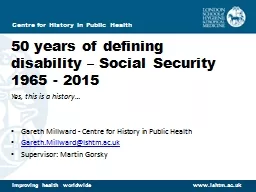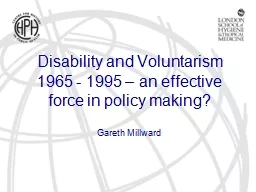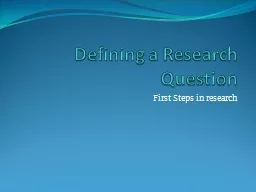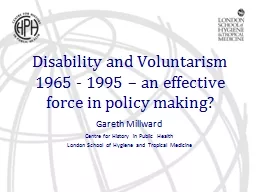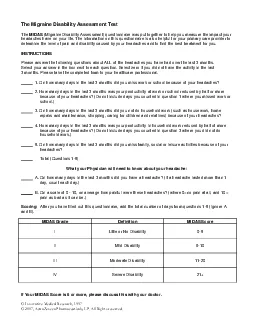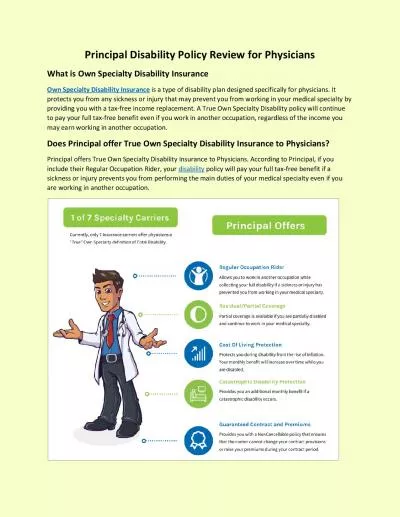PPT-50 years of defining disability – Social Security 1965 -
Author : myesha-ticknor | Published Date : 2016-05-02
Yes this is a history Gareth Millward Centre for History in Public Health GarethMillwardlshtmacuk Supervisor Martin Gorsky Centre for History in Public Health
Presentation Embed Code
Download Presentation
Download Presentation The PPT/PDF document "50 years of defining disability – Soci..." is the property of its rightful owner. Permission is granted to download and print the materials on this website for personal, non-commercial use only, and to display it on your personal computer provided you do not modify the materials and that you retain all copyright notices contained in the materials. By downloading content from our website, you accept the terms of this agreement.
50 years of defining disability – Social Security 1965 -: Transcript
Download Rules Of Document
"50 years of defining disability – Social Security 1965 -"The content belongs to its owner. You may download and print it for personal use, without modification, and keep all copyright notices. By downloading, you agree to these terms.
Related Documents

